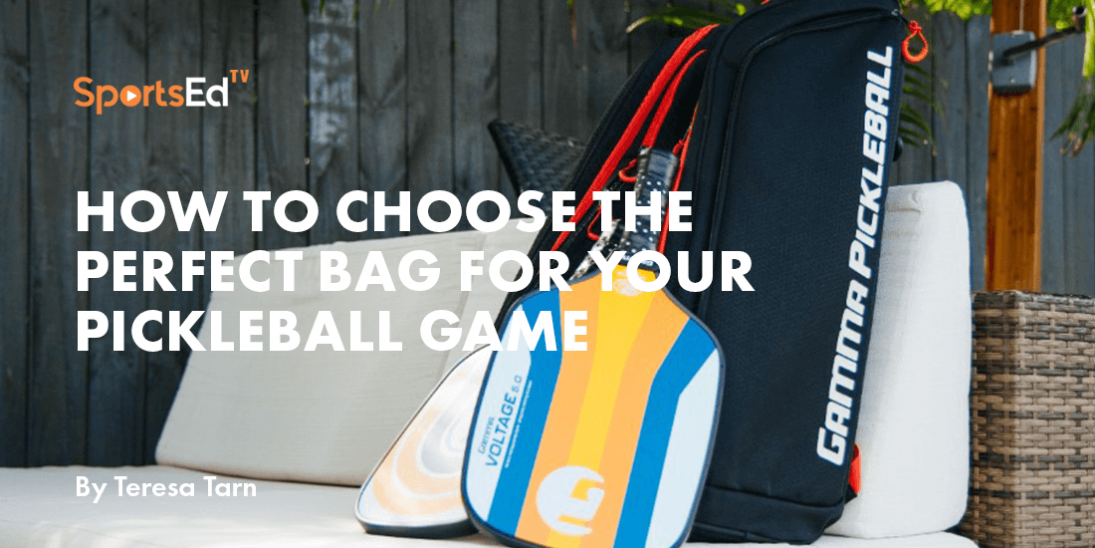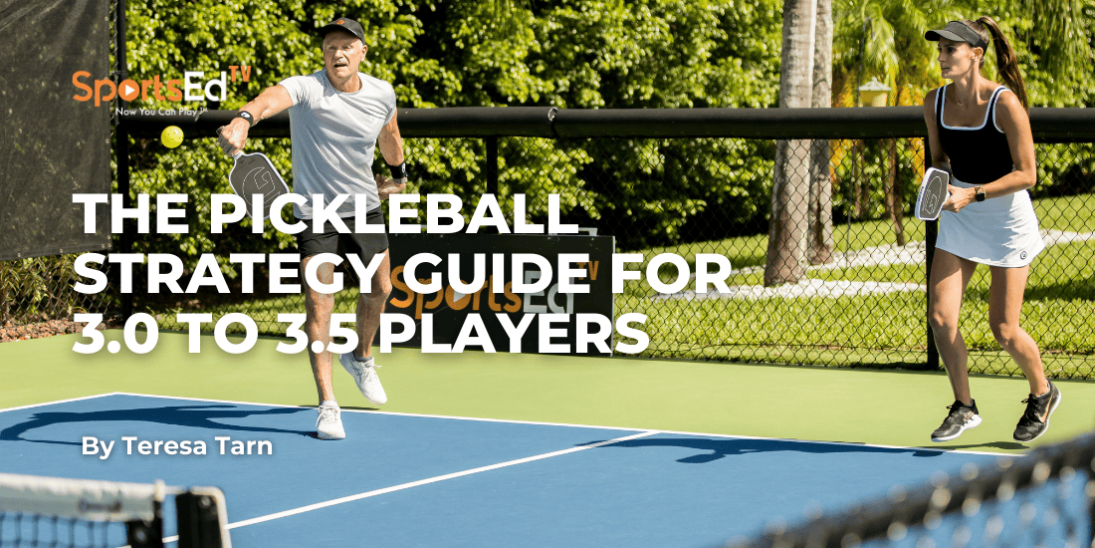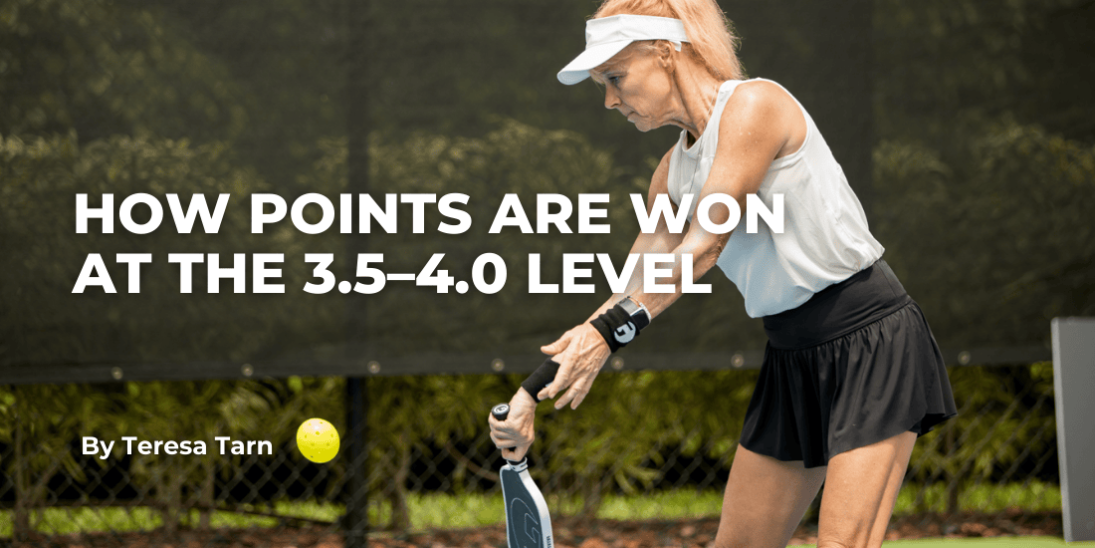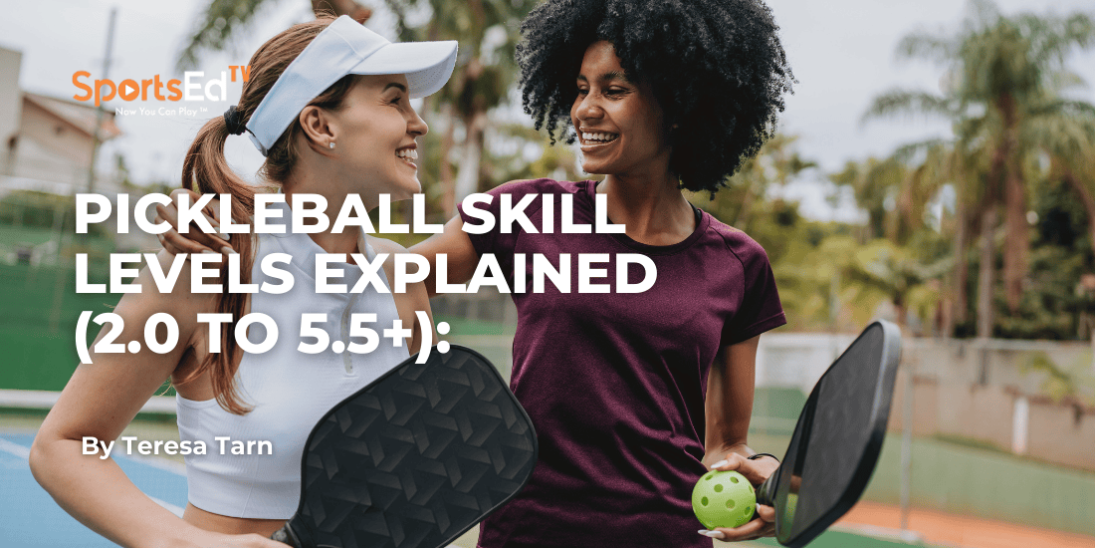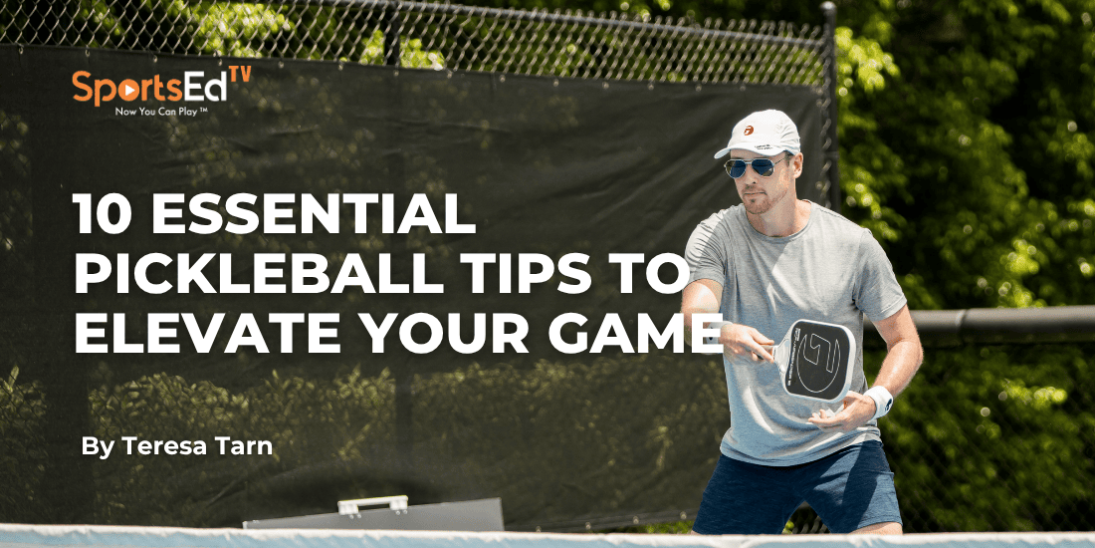Pickleball
Welcome and thanks for visiting...

Understanding the Two Bounce Rule or Double Bounce Rule in Pickleball
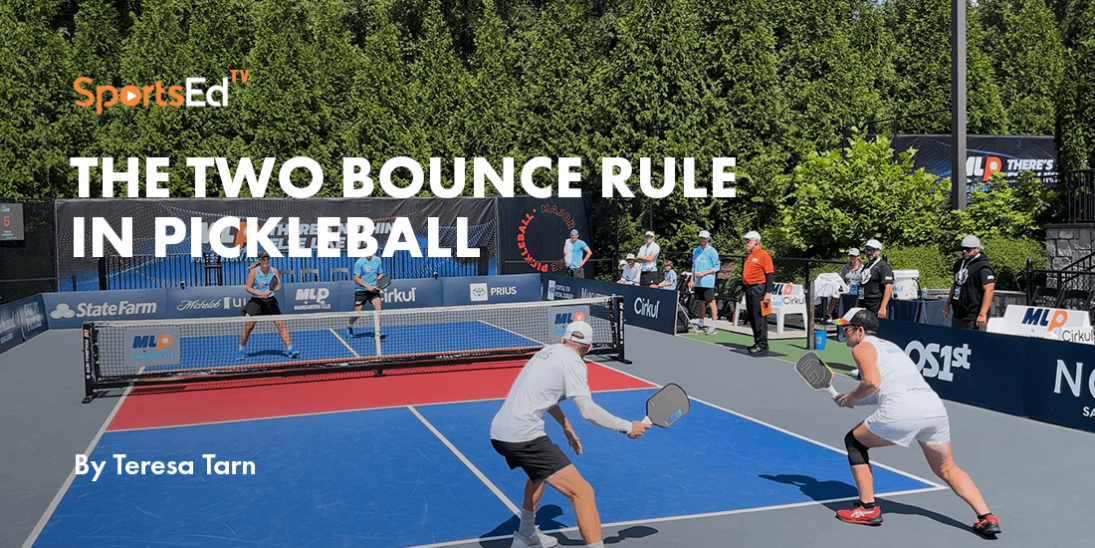
The Two Bounce Rule, sometimes known as the Double Bounce Rule, stands out as one of the quintessential guidelines in pickleball. Together with the non-volley zone regulations, this rule tends to trip up rookies frequently. However, like all sports regulations, there's logic behind it. Let's break down its importance and offer some foundational insights to grasp it effectively. Trust me, it's simpler than it sounds!
Deciphering the Two Bounce Rule
The primary intent behind the Two Bounce Rule is to facilitate a fluid progression from the serve to the rallying phase. The rule does not suggest that you can let the ball bounce twice on your half of the court. If that happens, you forfeit the point straight away. The essence of this rule is that during the serve and its subsequent return, the ball must bounce once on each side. Thus, the name "Two Bounce Rule" encapsulates this concept.
Following the serve, both the service and its return need a bounce before striking. Hence, both teams must execute a groundstroke post the serve. Post these initial groundstrokes; volleying is permissible.”
For clarity, a volley refers to a shot taken before the ball touches the ground.
Breaking Down the Two Bounce Rule
Imagine you're ready to return a serve. When the ball approaches, letting it bounce once before sending it back is mandatory. Then, the team that served cannot just volley it back; they, too, need to allow a bounce before their return.
Although it may seem a tad complex initially, as you gain more game experience, this rule will seamlessly blend into your play style.
Tips to Recall the Rule
Newbies occasionally overlook the Two Bounce Rule as it diverges from traditional racquet sports instincts. One strategy to remember is to position yourself deeper in the court during a serve. This physical cue reinforces the need for a bounce. Use the baseline as a marker. For those serving, a similar strategy works. Give yourself space for the third shot, especially if the return hovers around the baseline.
Another recurrent oversight is when the serving team advances too soon post-serve. We've all been there. Approaching the net immediately after serving is tempting, but it can backfire. If a deep return is incoming, it becomes a challenge to manage the bounce. So, patience is key!
Why Does This Rule Matter?
You might ponder, "Why this specific rule?" The Two Bounce Rule serves a fundamental purpose in the game's design.
The intricacies of sports design aim to balance playability and challenge. Take basketball, for instance. Without dribbling rules, one could simply sprint with the ball. Similarly, baseball would be a different game without base running.
Pickleball's Two Bounce Rule ensures playability. Absent this guideline, serving players could easily be thwarted by aggressive net play, particularly in doubles. The rule prevents overpowering smashes right off the serve.
Furthermore, the two-bounce element ensures the game transitions into exciting net rallies. The pace would be erratic without this structure, and the game's fun factor would diminish. You'd undoubtedly appreciate the Two Bounce Rule's role if you've ever witnessed intense pickleball net exchanges culminating in collective applause.
With consistent play, you'll soon find the Two Bounce Rule instinctively embedded in your gameplay. Over time, it'll feel so intuitive that you might just forget it's a rule at all! Best wishes on your pickleball journey, and feel free to share your thoughts below!



